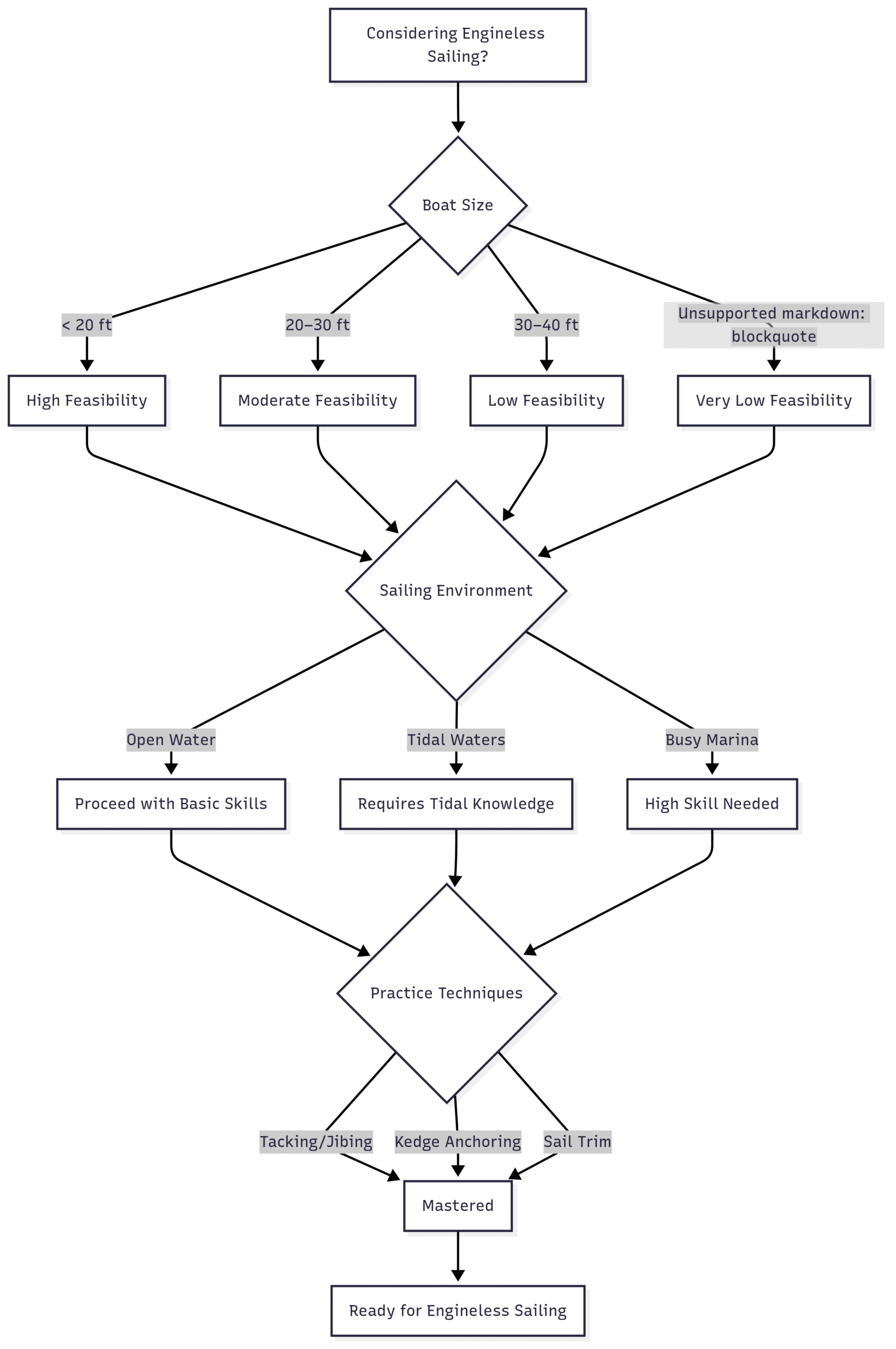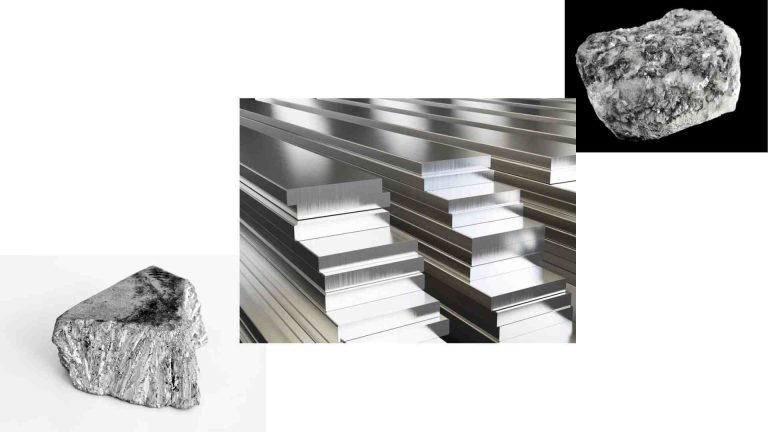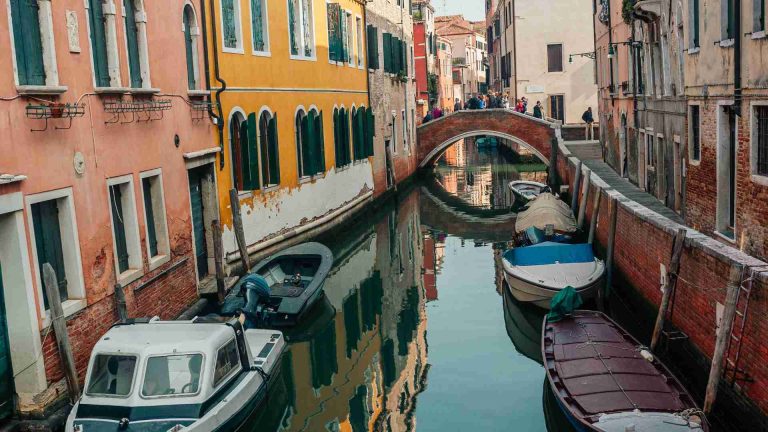Is it not normal to sail casually without a motor?
Discover the art of engineless sailing: master wind and tide, enhance skills, and embrace eco-friendly boating. Is a motor necessary? Learn more.
Sailing without a motor is not only possible but also a rewarding way to connect with the sea, hone your skills, and embrace a sustainable lifestyle. While modern sailboats often rely on auxiliary engines for convenience, many sailors choose to navigate using only wind, tide, and traditional techniques. This comprehensive guide explores the feasibility, challenges, benefits, and practicalities of engineless sailing, drawing insights from sailors’ experiences and expert perspectives. Whether you’re a novice or a seasoned sailor, this article will help you understand if motorless sailing is a viable option for you.
Understanding Engineless Sailing
Engineless sailing involves propelling a boat using natural forces—primarily wind and tide—without relying on an auxiliary engine. This practice, rooted in centuries of maritime tradition, requires a deep understanding of environmental conditions and advanced sailing techniques. While motors are standard on many modern sailboats, particularly those over 30 feet, engineless sailing is gaining attention for its simplicity, environmental benefits, and the challenge it presents.
Why Sail Without a Motor?
Sailors choose to forgo motors for various reasons:
- Skill Development: Navigating without an engine sharpens sailing skills, such as sail trim, boat handling, and environmental awareness.
- Environmental Impact: Engineless sailing reduces fuel consumption and emissions, aligning with eco-conscious values.
- Minimal Maintenance: Eliminating the engine reduces maintenance costs and mechanical issues.
- Connection to Nature: Many sailors, like Rose Ravetz, featured in the film Wind, Tide & Oar, describe engineless sailing as a way to feel “part of the world, rather than above and beyond it.”
However, the decision to sail without a motor depends on factors like boat size, sailing environment, and personal goals. Let’s dive into the mechanics, challenges, and benefits of this practice.
The Mechanics of Engineless Sailing
Harnessing Wind and Tide
The cornerstone of engineless sailing is mastering wind and tide. Sailors must understand:
- Wind Patterns: Reading wind direction and strength to optimize sail trim and course plotting.
- Tidal Currents: Using tidal flows to assist propulsion, especially in coastal or riverine environments.
- Sail Trim: Adjusting sails to maximize efficiency, such as tightening the luff or easing the sheets based on wind angle.
For example, on open water with consistent winds, a sailor can maintain steady progress by keeping sails properly trimmed. In tidal waters, timing departures and arrivals to coincide with favorable currents is critical.
Key Techniques
Engineless sailing demands proficiency in several techniques:
- Tacking and Jibing: These maneuvers allow sailors to navigate upwind or change direction effectively.
- Reefing: Reducing sail area in strong winds to maintain control.
- Kedge Anchoring: Using a small anchor to maneuver in tight spaces, such as harbors or docks, by pulling the boat toward the anchor.
- Sculling: For smaller boats, sculling with an oar or tiller can provide propulsion in calm conditions.
These techniques require practice and precision, especially in confined or busy areas like marinas.
Boat Handling in Confined Spaces
Docking or departing without a motor is one of the most challenging aspects of engineless sailing. Sailors must:
- Plan their approach based on wind direction and current.
- Use momentum to glide into a slip or mooring, often dropping sails at the right moment to slow down.
- Employ crew coordination to handle lines and fend off obstacles.
For instance, a sailor on a J/24, a 24-foot racing boat, might sail into a slip using only the jib, furling it partially to control speed, as described by user cdemarc3 on a sailing forum.
Challenges of Engineless Sailing
While rewarding, engineless sailing presents significant challenges that require careful consideration.
Limited Maneuverability
Without a motor, maneuvering in tight spaces, such as crowded marinas or narrow channels, can be difficult. For example:
- Marina Layouts: Many modern marinas have complex layouts with tight fairways and limited room for tacking. User MisterMasterCylinder noted that their marina, with over 400 slips and heavy traffic, makes docking under sail “extremely difficult and likely to cause a collision.”
- Wind Dependency: In light or variable winds, progress can stall, requiring patience or alternative propulsion like sculling.
- Current Strength: Strong tidal currents, such as those in San Francisco Bay (up to 8-10 knots, as mentioned by namrock23), can overpower a boat’s ability to move under sail alone.
Potential Delays
Engineless sailing often means longer passages, as sailors must wait for favorable wind and tide conditions. This can be inconvenient for those on tight schedules or in areas with unpredictable weather.
Safety Concerns
In busy marinas or areas with heavy boat traffic, sailing without a motor can pose safety risks. User Dr_Ramekins_MD highlighted the challenge of making quick evasive maneuvers in a busy marina without a motor’s ability to stop or reverse rapidly. Some marinas, like those mentioned by mcpusc and taterr_salad, explicitly require motors to ensure control and minimize collisions.
Boat Size and Design
Larger boats (over 30 feet) are harder to maneuver without a motor due to their weight and inertia. For example:
- A 50-foot yacht weighing over 16,000 pounds (Brynjo) requires significant force to stop or turn, making engineless docking in tight slips nearly impossible.
- Smaller boats, like a 17-foot daysailer (ScrappyDabbler), are more manageable and often don’t require motors.
Benefits of Engineless Sailing
Despite its challenges, engineless sailing offers unique advantages that appeal to many sailors.
Enhanced Sailing Skills
Practicing without a motor forces sailors to master traditional techniques, improving their confidence and competence. User Danjat described docking their 30-foot sailboat under sail as a valuable skill for emergency scenarios.
Environmental Sustainability
Engineless sailing eliminates fuel consumption, reducing carbon emissions and marine pollution. This aligns with the ethos of sail-cargo initiatives like Tres Hombres and EcoClipper, featured in Wind, Tide & Oar, which transport goods across oceans using only wind power.
Reduced Maintenance Costs
Engines require regular maintenance, fuel, and repairs, which can be costly. By removing the engine, sailors like Stevie Hunt (Wind, Tide & Oar) eliminate these expenses, freeing up resources for other aspects of boating.
Deeper Connection to Nature
Engineless sailing fosters a profound connection to the natural world. Rose Ravetz describes it as a “conversation with nature,” where sailors work with wind and tide rather than overpowering them. This meditative experience is highlighted in Wind, Tide & Oar, which captures the rhythms of life on the water.
When Is Engineless Sailing Feasible?
The practicality of engineless sailing depends on the sailing environment, boat type, and sailor’s experience.
Open Water Sailing
In open water with consistent winds, engineless sailing is highly feasible. Boats like the J/70 or Moore 24, as mentioned by foilrider, can easily sail on and off docks in areas like Hood River, where conditions are favorable.
Tidal Waters
In regions with strong tidal currents, such as the Piscataqua River (GulfofMaineLobsters), sailors can use tides to their advantage, but careful planning is required to avoid being overpowered by currents.
Recreational Sailing
For recreational sailors on small lakes or in areas with open docks, like the Minneapolis lakes (ScrappyDabbler), engineless sailing is often the norm, especially for smaller boats like dinghies or daysailers.
Marina Docking
Docking in busy marinas is the most challenging scenario. Many marinas, such as those in Portsmouth (sarahlizzy) or the Netherlands (aardappelpurethee), prohibit sailing within their boundaries due to safety concerns. However, skilled sailors on smaller boats, like a 26-foot COGSWORD_0 tunameltwithmustard, can manage it with practice.
Real-World Perspectives from Sailors
A vibrant online sailing community discussion revealed diverse experiences with engineless sailing:
- Small Boats: Users like ruidh (23-foot boat) and NickRausch (Mariner 19) regularly sail on and off moorings or docks without motors, citing ease of handling and favorable conditions.
- Larger Boats: Owners of larger vessels, like sunol1212 (41-foot cruiser) or Ever-Wandering (40-foot Catalina), find engineless docking challenging due to tight slips and heavy boat weight.
- Marina Rules: Several users (mcpusc, taterr_salad) noted that their marinas mandate motor use, reflecting safety-driven regulations.
- Emergency Skills: Many, like cdemarc3 (Pearson 36-2), practice engineless docking as a backup skill, even if they typically use a motor.
These insights highlight that engineless sailing is highly situational, with boat size, marina layout, and local conditions playing significant roles.
Case Study: Wind, Tide & Oar
The documentary Wind, Tide & Oar offers a compelling look at engineless sailing through the experiences of sailors like Rose Ravetz and Stevie Hunt. The film emphasizes:
- Personal Connection: Rose’s journey on her 23-foot Defiance showcases the simplicity and adventure of engineless sailing.
- Community Impact: The Thames sailing barge Blue Mermaid uses engineless sailing to teach life skills to young people, demonstrating its broader societal value.
- Sustainability: Sail-cargo vessels like Tres Hombres highlight the potential for engineless transport in a sustainable global economy.
The film’s meditative approach and focus on traditional skills have inspired both sailors and non-sailors to reconsider their reliance on engines.
Practical Considerations for Engineless Sailing
Boat Size and Type
| Boat Size | Weight (Approx.) | Engineless Feasibility | Notes |
|---|---|---|---|
| < 20 ft | 500–2,000 lbs | High | Easy to maneuver; sculling or paddling viable. |
| 20–30 ft | 2,000–8,000 lbs | Moderate | Possible with skill; depends on marina layout. |
| 30–40 ft | 8,000–16,000 lbs | Low | Challenging in tight spaces; crew coordination needed. |
| > 40 ft | > 16,000 lbs | Very Low | Requires advanced skills and favorable conditions. |
Equipment Needs
- Sails: High-quality, well-maintained sails are essential for efficient propulsion.
- Kedge Anchor: A lightweight anchor (e.g., 10–20 lbs for a 25-foot boat) with 50–100 feet of rode for maneuvering.
- Oars or Sculling Gear: Useful for small boats in calm conditions.
- Navigation Tools: Charts, GPS, and tide tables to plan routes effectively.
Cost Considerations
Engineless sailing can reduce costs significantly:
- Engine Removal: Eliminates fuel costs ($50–200/month for frequent sailors) and maintenance ($500–2,000/year).
- Initial Investment: Kedge anchors ($50–200), oars ($20–100), and sail repairs ($100–500) are minimal compared to engine expenses.
- Training: Sailing courses focusing on engineless techniques cost $200–1,000, depending on duration and location.
Chart: Decision Tree for Engineless Sailing

This chart helps sailors assess whether engineless sailing is suitable based on boat size and environment.
Tips for Getting Started
- Start Small: Practice on a small boat (e.g., Laser or dinghy) in open water to build confidence.
- Learn Tidal Patterns: Study local tide tables and practice timing maneuvers with currents.
- Practice Docking: Begin with an idling motor as a backup, as suggested by cdemarc3, before attempting fully engineless docking.
- Join a Community: Engage with sailors like those in Wind, Tide & Oar or local sailing clubs to learn from experienced engineless sailors.
- Safety First: Always carry emergency equipment, such as a VHF radio and life jackets, in case conditions change.
Conclusion
Sailing without a motor is not only normal in certain contexts but also a fulfilling way to enhance your skills, reduce environmental impact, and connect with the natural world. While it’s highly feasible for small boats in open waters or simple docks, larger vessels in busy marinas face significant challenges due to maneuverability and safety concerns. By mastering techniques like sail trim, kedge anchoring, and tidal navigation, sailors can embrace engineless sailing as a practical and rewarding practice.
The experiences shared by sailors in online forums and the documentary Wind, Tide & Oar illustrate the diversity of engineless sailing, from small daysailers to cargo vessels. Whether you’re motivated by skill-building, sustainability, or a desire for adventure, engineless sailing offers a unique perspective on life at sea. With the right preparation and practice, you can navigate the waters using only the power of wind and tide, joining a growing community of sailors who find freedom in this timeless art.
Happy Boating!
Share Is it not normal to sail casually without a motor? with your friends and leave a comment below with your thoughts.
Read Setting Sail with boAt: India’s Audio Lifestyle Leader until we meet in the next article.






